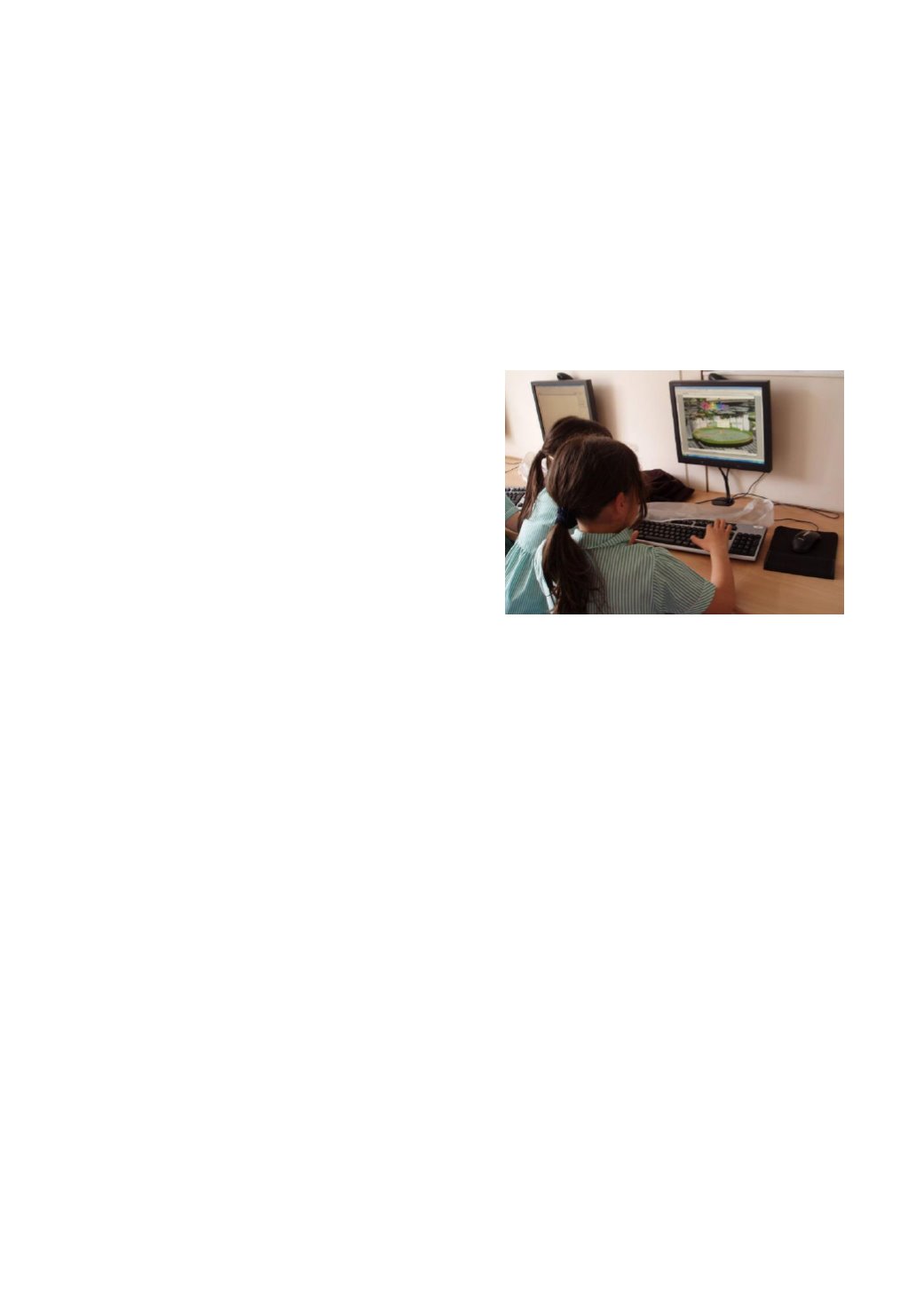
10
Computing
At Crawley Ridge Junior School, our aim is to create motivated lifelong learners using
computing to support and enhance teaching and learning. We aim to provide pupils with the
skills that they need to benefit from new technologies whilst knowing how to keep safe online, at
school and at home. (Refer to our e-safety policy for more information.) We expect high
standards of achievement by all pupils, supported by staff who are confident and competent in
the use of computing.
Our school computers are fully integrated into the curriculum. 18 computers are connected to
the Internet in our Computer suite. We also have a selection of laptops, projectors, digital
cameras and digital video cameras for use around the school. All classrooms have interactive
whiteboards and visualisers to facilitate children’s learning.
Computing comprises of three areas:
Computer science
Information communication technology
Digital literacy
Computer science
This aspect of the curriculum helps children to
develop their programming skills in order to write
sequences of instructions to perform a specific
outcome. Children also have a go at debugging a
selection to ensure the desired results are
produced. The program that we currently use to
teach computer science is ‘Scratch’ and we are exploring other options too. We also use a
variety of ‘unplugged’ methods to help children understand how a computer operates.
Information communication technology
This part looks at using search technologies effectively and analysing and presenting data in
different forms. Children will find, explore, develop, exchange and present information using a
range of Microsoft Office programs.
Digital literacy
Finally, digital literacy involves evaluating the way information is presented and an important
aspect is to educate children on how to use the internet safely.
The new National Curriculum for Computing
Our teaching and learning of the skills, knowledge and understanding in computing will
encompass the National Curriculum:
Use search technologies effectively
- Using programmes to collect, display, analyse
and interrogate information
Select, use and combine a variety of software on a variety of digital resources
-
using a range of equipment, evaluating the use of different methods and software
Control and simulate
- Using the computer to model real and imaginary places and
events, Using programs to control devices (e.g. changes in temperature, security
sensors)
Exchange and share information
- Communicate words, pictures and sounds.
Review, modify and evaluate work as it progresses
- Evaluating work.


